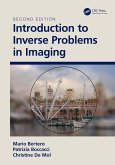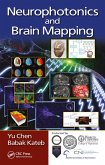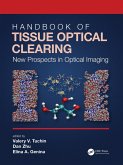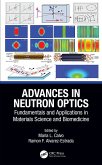This book is aimed at providing users with a practical guide to help them select, and then use, the most suitable method for their application. It is an invaluable tool for use within research groups and laboratories in the life and physical sciences.
Dieser Download kann aus rechtlichen Gründen nur mit Rechnungsadresse in A, B, BG, CY, CZ, D, DK, EW, E, FIN, F, GR, HR, H, IRL, I, LT, L, LR, M, NL, PL, P, R, S, SLO, SK ausgeliefert werden.









